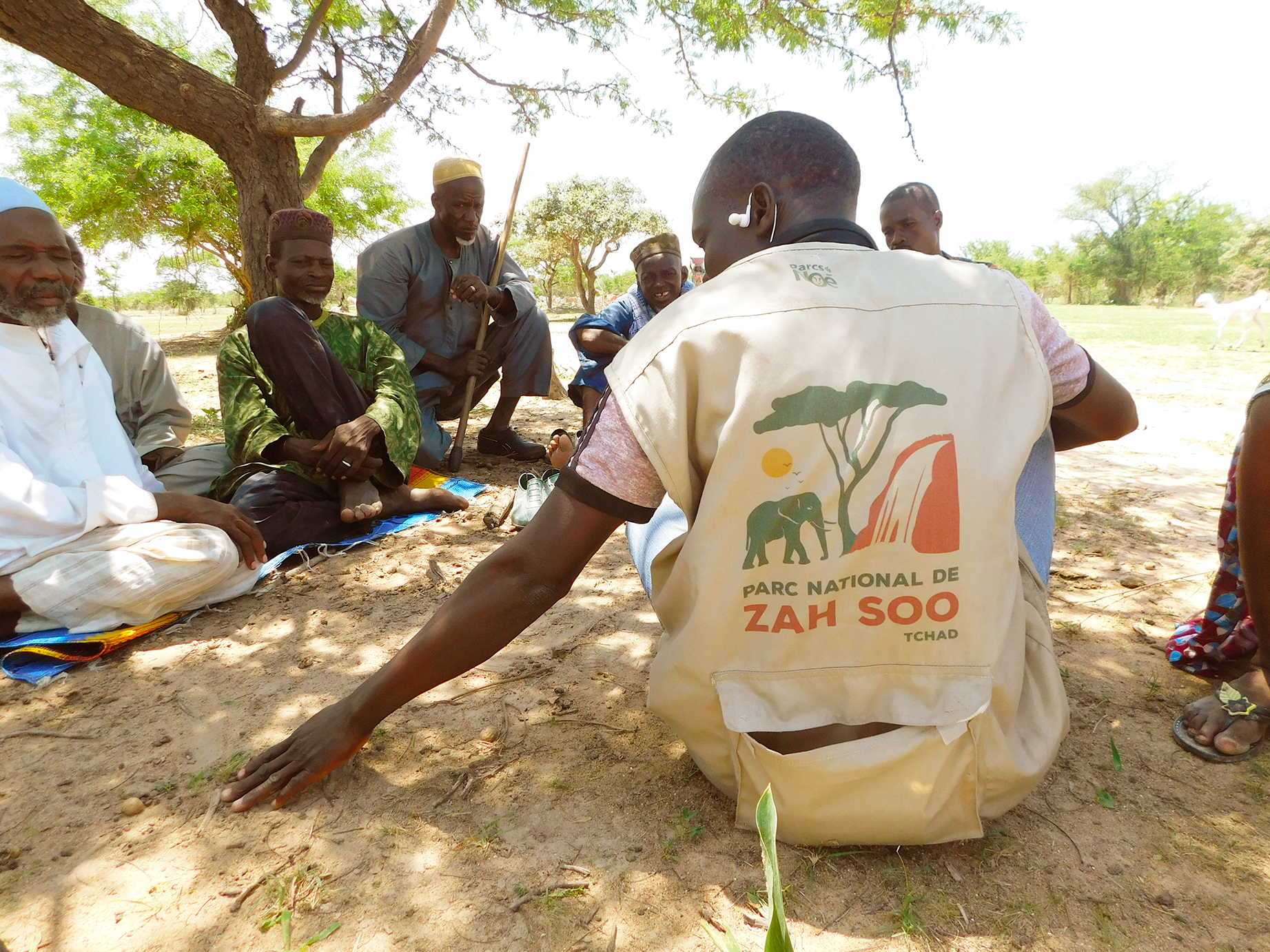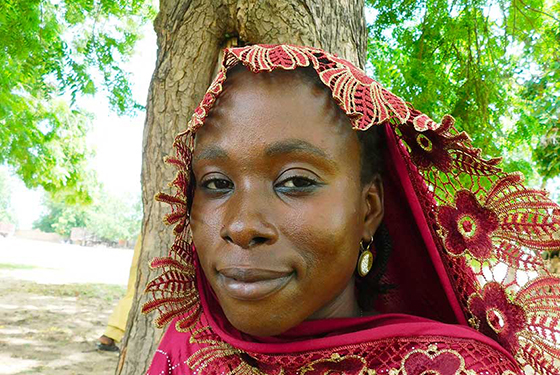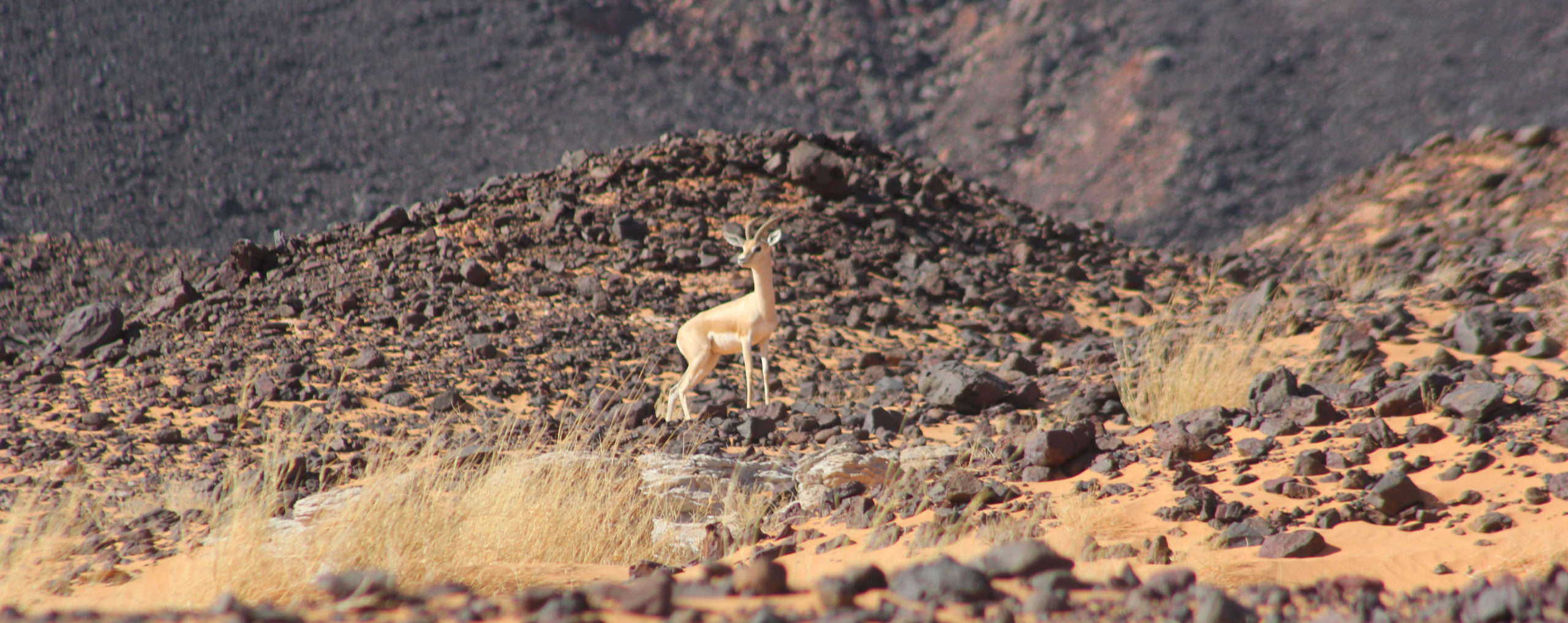Louwa Goukouni Hassane sits happily with our community worker and translator at the foot of the new tent her family gave her daughter Amina for her wedding. The structure, covered with straw mats, stands next to the parents’ and family’s tents in the Fini-Fini camp in the Natural Reserve of Termit and Tin-Toumma in Niger. With its 10 by 4 meters, it now houses the young couple, but could accommodate up to 100 guests during the wedding. Its height, like all the tents of the nomads of the region, allows standing, but has a structure with curved angles, thought to resist the bad weather of the desert, like sandstorms.
The difference with the traditional tents is that its frame is not made of wood but of steel. This innovative model of nomadic housing reduces the exploitation of vegetation cover, a precious habitat for Sahelo-Saharan wildlife. Traditionally, in the various villages and camps of the reserve, the framework of the houses is made up mainly of wood, such as acacias, Leptadenia Pyrotechnica and other species from the rare vegetation cover. It should be noted that the life span of a wooden tent is 1 to 5 years.
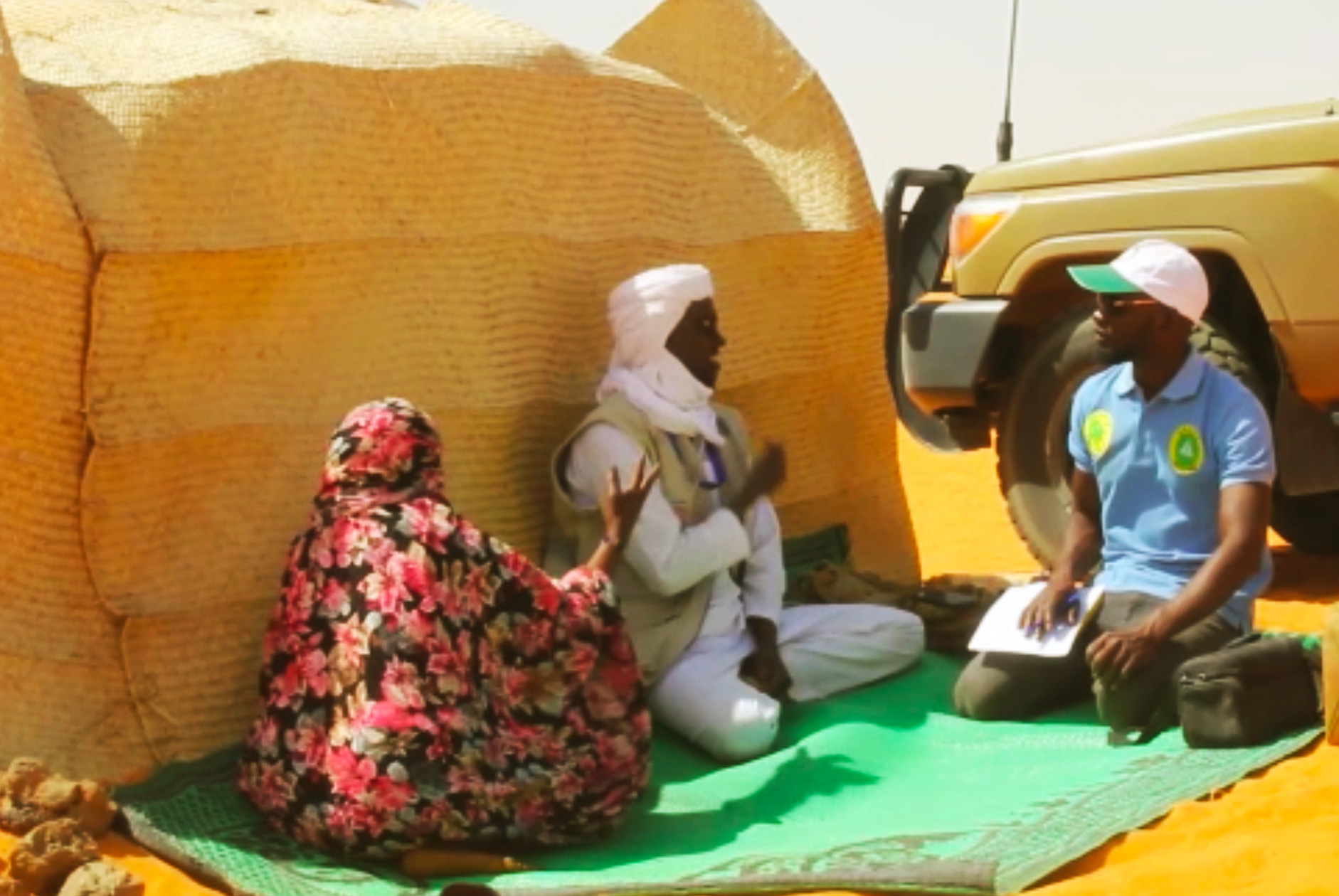
Louwa Goukouni Hassane with our community worker and the translator at the foot of his new metal tent
To build a 10 by 4 meter tent, about 39 trees are needed. This has a considerable impact on the woody cover, which is already very weakened by the increasing intensity of drought episodes linked to climate change.
Without the ecosystem services provided by the biodiversity of the reserve, and in particular by its vegetation, the very survival of the population and its livestock in the long term is compromised.
Following the observation of the increasing degradation of the vegetation cover in the National Reserve of Termit and Tin-Toumma, an experimental project was set up on a pilot site for the inhabitants to test these nomadic dwellings without wood. Two prototypes were also built next to Camp Mena (reserve headquarters). One of the two tents serves as an infirmary and visitor reception area at the entrance to the camp, and the second houses the family of the team’s livestock keeper.

On the left: the traditional wooden tent. On the right: the new metal frame tent.
Louwa’s feed back at the Fini-Fini Camp
Louwa, her husband and their children live in the reserve and live from livestock, their only source of income. Before buying this prototype for their daughter, they used to build their wooden tent regularly.
> To build a traditional wooden tent, how much wood did you need?
> How easy was it to find?
The search for wood was very difficult because it was no longer available near the camps. We had to travel far and long to get it. In addition, it cost us a lot of resources (food, fuel, energy) every season to build a new tent. If we couldn’t find enough wood, we bought it on the local markets, like the one in Tesker.
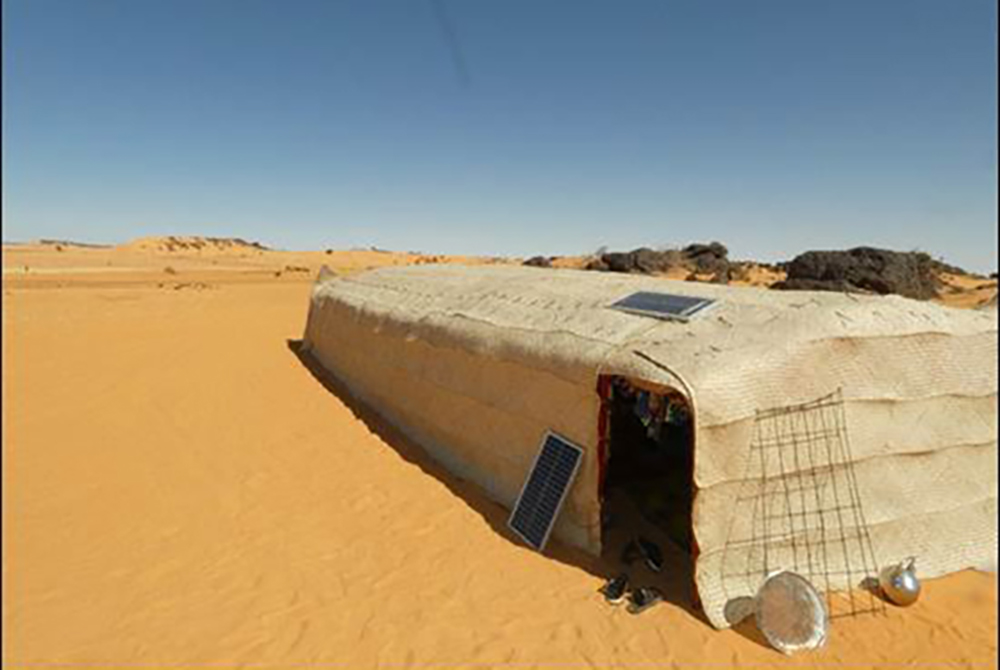
The corners of the frame have been rounded to minimize wind resistance.
> How many km did you have to travel to find it?
> How did you find out about the possibility of ordering a steel frame tent?
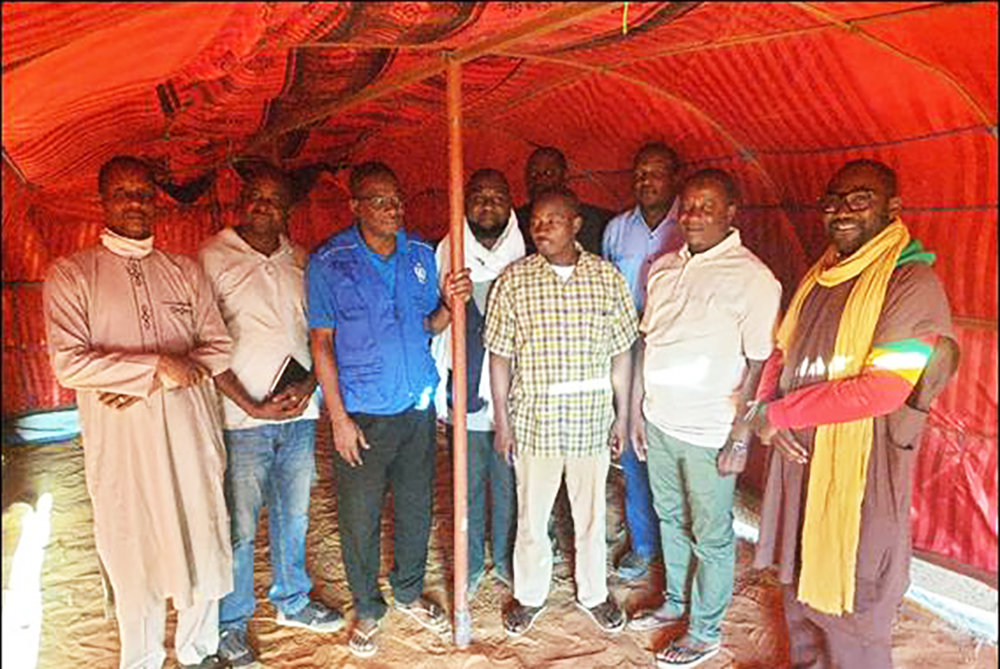
The metal frame tents allow standing.
> What are the differences between the wooden and the metal frame tent?
The advantages of a metal frame tent are invaluable!
The tent is more comfortable than the traditional one because of its height. In addition, despite the fact that the metal frame is more expensive than the wooden one, it lasts much longer. It can allow a family to save resources for years without having to renew it.
The wooden tent costs 150,000 FCFA (about 230€) if you take into account the price of wood on the market or the fuel to get to the collection site and the food to eat.
The metal frame was made for us in Gouré for 250 000 FCFA (about 380€) excluding the carpenter’s labor. It is thus a quickly repaid investment (the average annual income of the households which are generally of 6-7 people in the reserve turns around 2 million FCFA (3050€) while the minimal and maximal incomes go respectively from 200 000 to 7 million FCFA, thus 300€ to 10600€, ed.)
> Would you recommend this tent to your friends and family?




